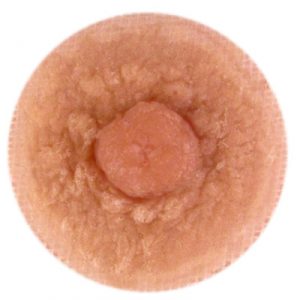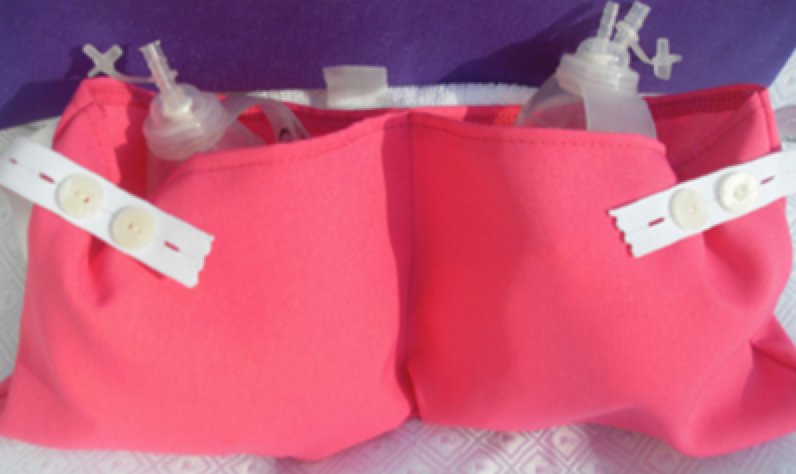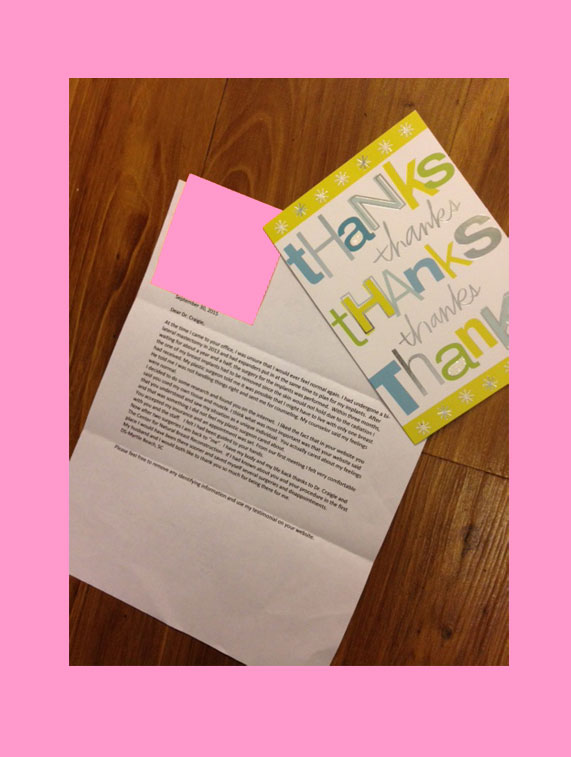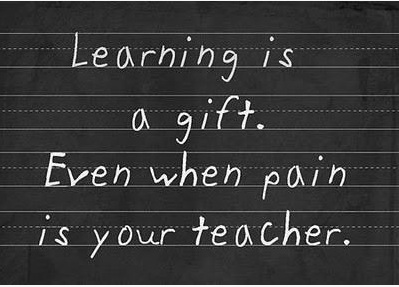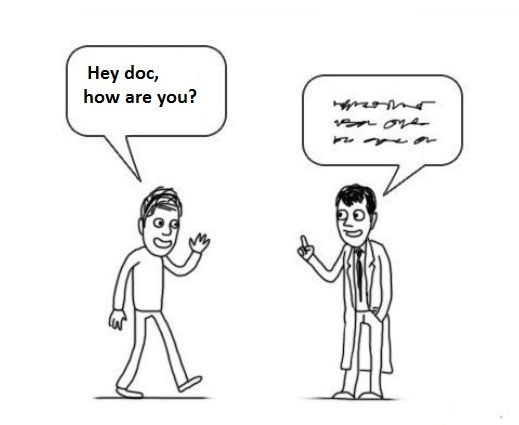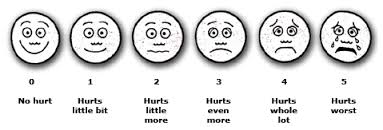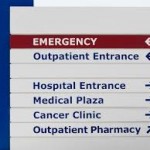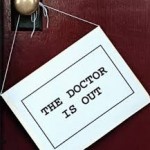
I had my Stage 1 DIEP in Charleston with Drs. Kline and Craigie on May 25, 2018. On a scale of 1-10, I would rate my experience a 12! Before I go into more detail about my Charleston experience though, let me go back in time a little bit. I had my first unilateral mastectomy in 1998 (right side) with a reduction on the left side and immediate expanders.
A while later, I had the exchange for the permanent implants. This was all done in Atlanta, Georgia. The process was painful and inconvenient, took more than a year and was a complete flop. My right breast was half the size of the left, terribly scarred and deformed. The left breast was oddly shaped and had a very bad, fat scar underneath, and was hard.
The consequences of my low self-esteem led to intimacy problems with my husband, which resulted in divorce. Several attempts by different plastic surgeons only made the appearance of my breasts worse. The emotional consequences became compounded. In short, I felt like a freak. Dating was a concept I couldn’t even fathom – I was so self-conscious about my looks.
One day, 13 years after my first botched surgery, I saw a program on TV that discussed new procedures for reconstruction surgery after mastectomy. I immediately went online to research the DIEP procedure and decided to look into the facilities in Charleston. I was certain that Charleston was the right fit for me. Drs. Kline and Craigie are artists, and their highly trained staff made each and every step of the procedure flawless. Their attention to detail made me feel secure before, during and after. I’m about four months out from Stage 1 now. In those short months, my life has been transformed.
I haven’t had my stage 2 yet – that comes next month – but already I’m walking around with my head up and my shoulders back! My breasts look great. They are soft and warm, and it’s great to have those implants out. I would also like to add, if you are a single woman contemplating a location for reconstructive surgery, I highly recommend Charleston. The entire staff has a special sensitivity for those of us flying solo now.
–B.L., Thomasville, GA

